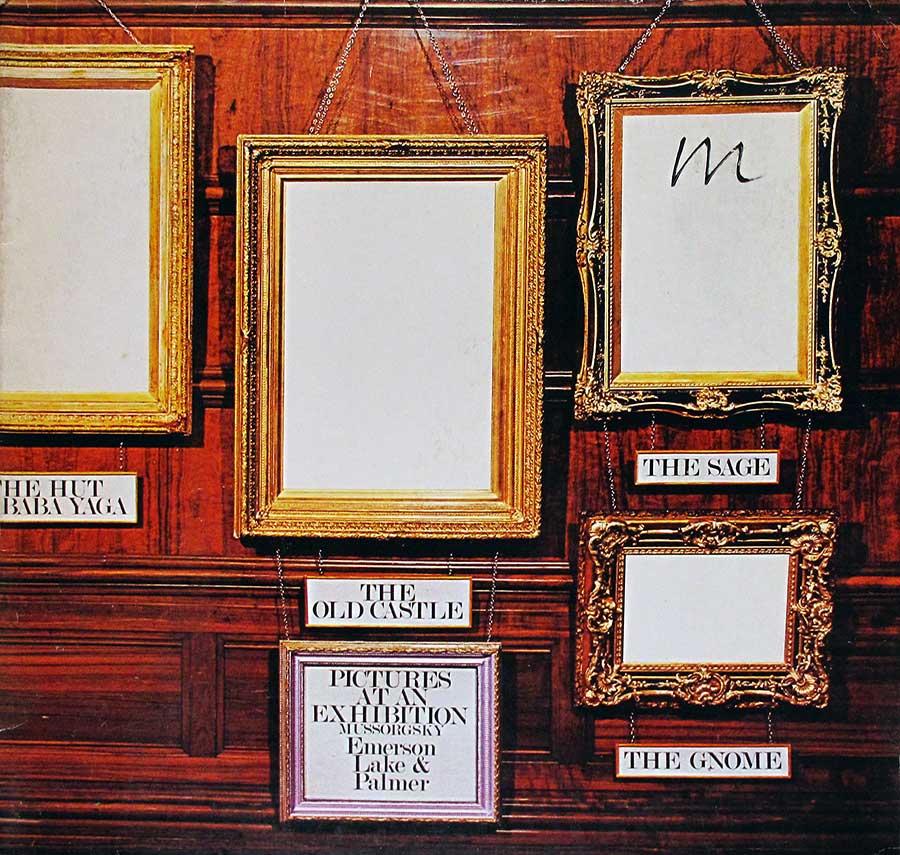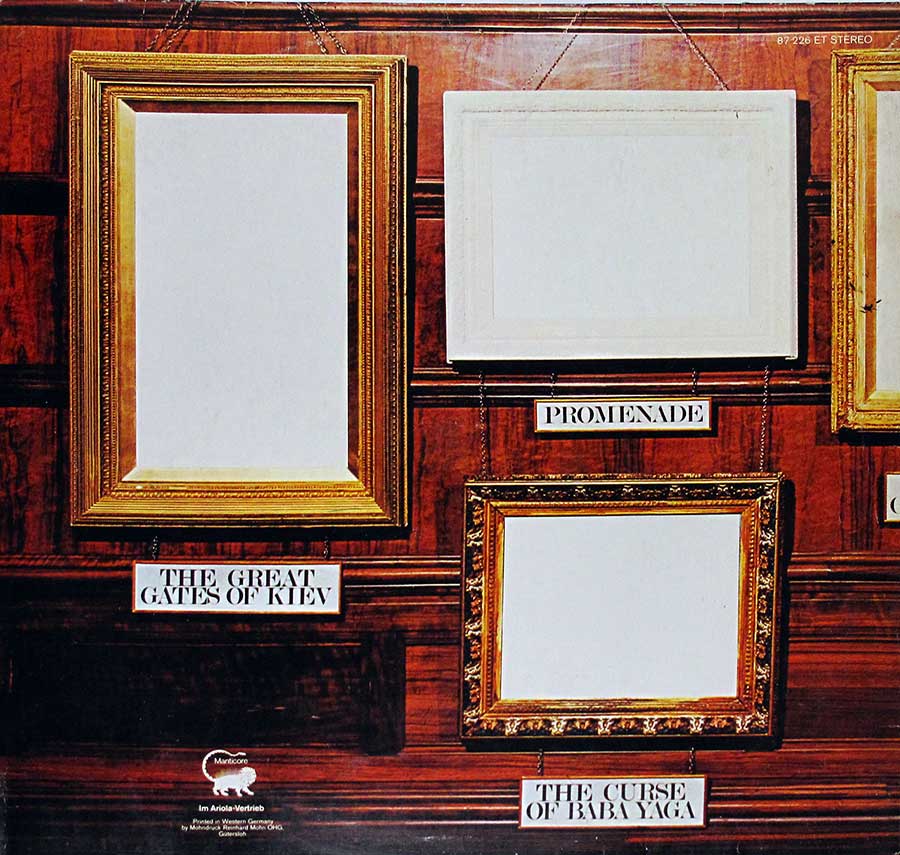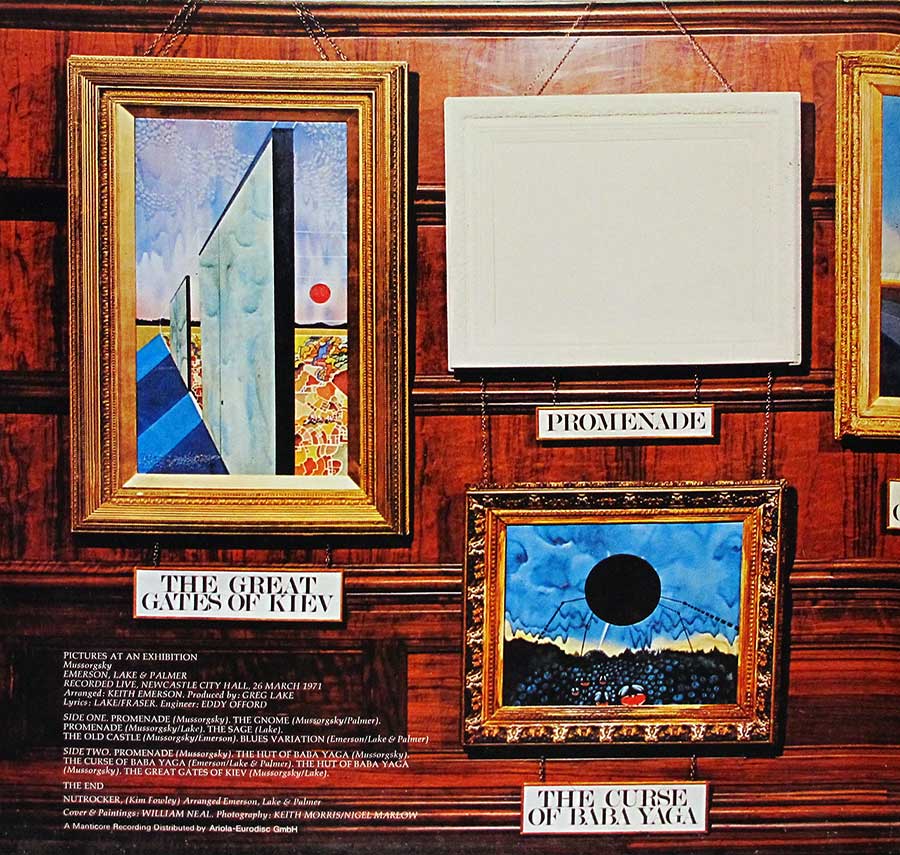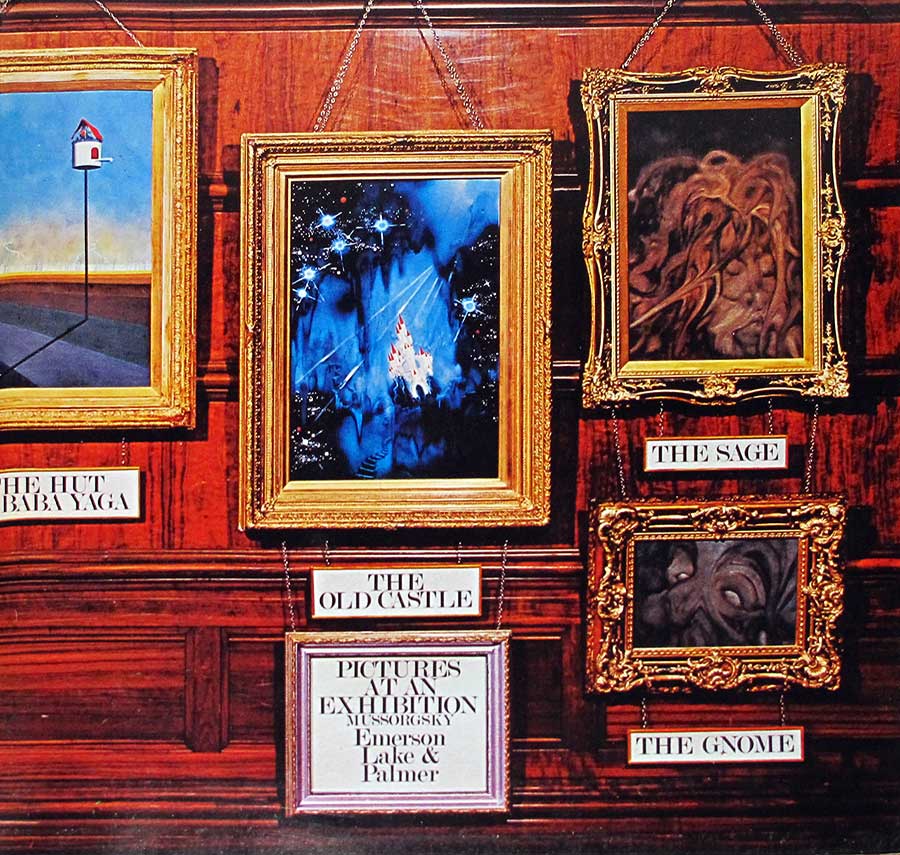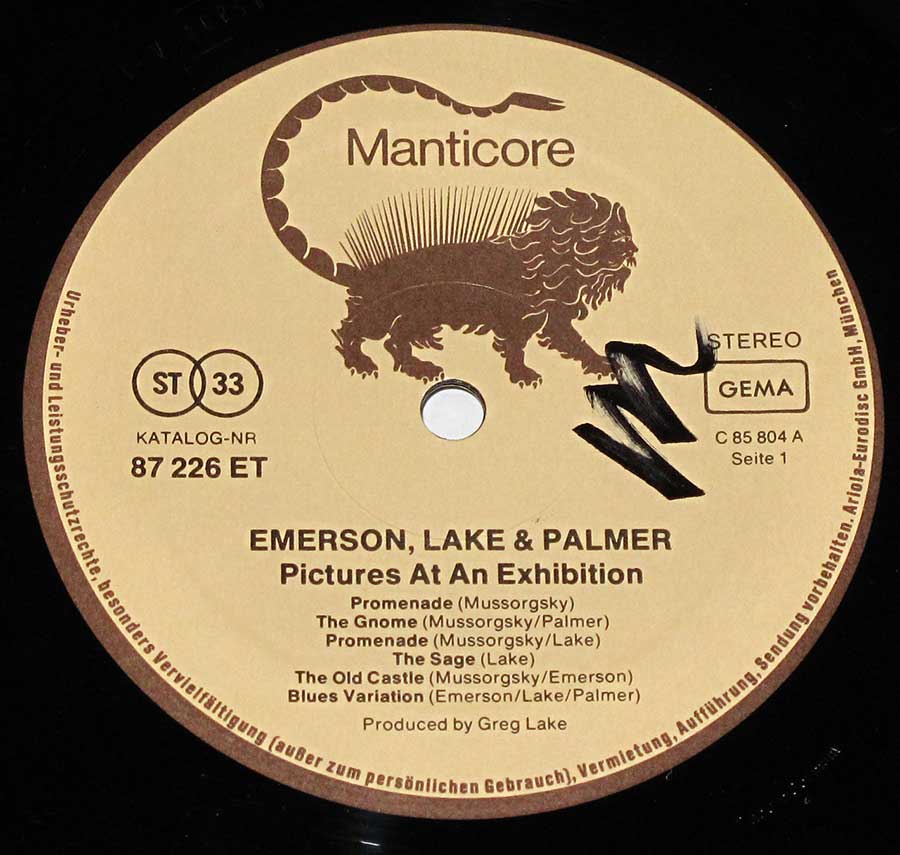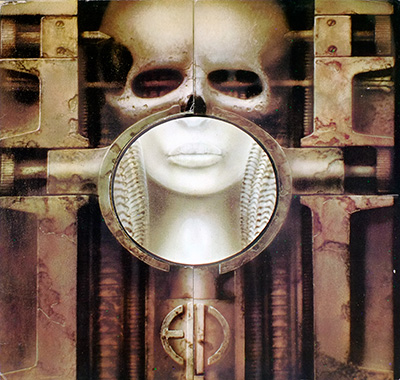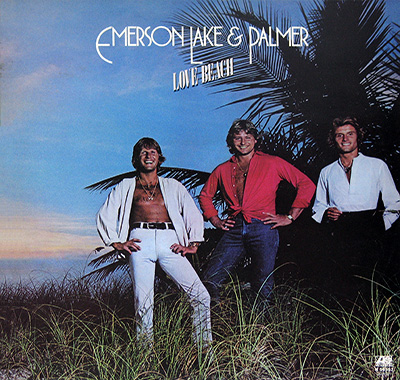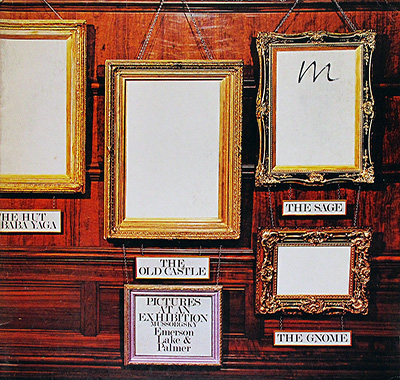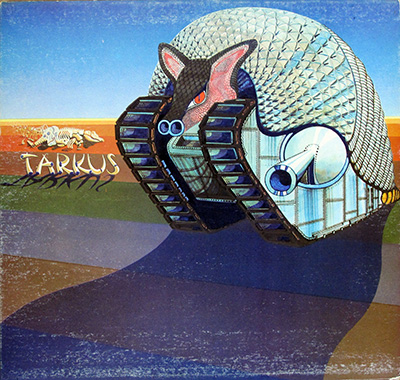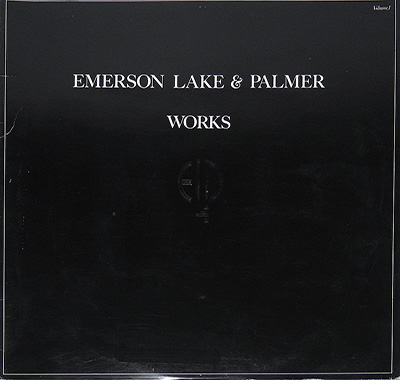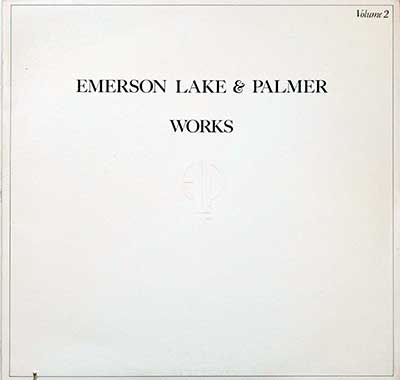Achtung, baby! Emerson, Lake & Palmer, those limey lads of bombast and bluster, took a Russian relic and made it their own. "Mussorgsky's Pictures at an Exhibition," released on Manticore in '71, isn't just a concert recording; it's a sonic blitzkrieg on your eardrums, a prog-rock symphony for the ages.
Picture this: the early 70s, a time when rock was still growing its sideburns and expanding its mind. Psychedelia had fizzled out, leaving a void for something grander, more ambitious. ELP, those keyboard-wielding, drum-pounding, larynx-shredding virtuosos, stepped up to the plate with a vision as audacious as their outfits.
Mussorgsky's original piano suite, a tribute to a dead painter, was hardly party music. But ELP saw potential, a canvas for their sonic mayhem. They took the classical themes and twisted them, injected them with rock swagger and jazz fury. Keith Emerson, the mad scientist of the keys, conjured up sounds that would make Stockhausen blush. Greg Lake, the golden-throated bard, wailed like a banshee on a bender. And Carl Palmer, the human octopus of percussion, battered his kit like it owed him money.
This German pressing on Manticore, that mythical label of prog excess, captures the madness in all its glory. The recording, done live at Newcastle City Hall, is raw and unhinged. You can hear the crowd going wild, the amps buzzing, the sweat dripping off Emerson's brow. Greg Lake produced the album, somehow taming the chaos into a cohesive sonic assault.
ELP weren't just playing music; they were creating an experience. Each movement of Mussorgsky's suite was reimagined, transformed into a prog-rock odyssey. The "Promenade" became a bombastic march, "The Gnome" a twisted carnival ride, "The Great Gates of Kiev" a triumphant finale that would make even the most cynical headbanger pump their fist. Emerson's adaptation of "The Hut of Baba Yaga" showcases his virtuosic keyboard skills, blending classical and rock elements seamlessly. The band's encore, a reworked version of their hit "Nut Rocker," is a playful nod to their pop sensibilities while still showcasing their technical prowess.
Of course, not everyone was on board with ELP's grand experiment. Some critics scoffed at their ambition, calling them pretentious and overblown. Others simply couldn't handle the sheer volume and complexity of their music. The album's controversial nature only fueled its popularity, sparking debates among music fans and critics alike.
But for those who embraced the madness, "Pictures at an Exhibition" was a revelation, a musical journey unlike any other. The album cover, a nightmarish creature bursting through a museum wall, became an iconic symbol of the band's rebellious spirit and their willingness to challenge musical norms.
This album wasn't just a hit; it was a cultural touchstone. It helped solidify ELP's place as prog-rock royalty and paved the way for countless bands to follow. So, if you're ready to have your mind blown and your ears assaulted, crank up this German pressing of "Pictures at an Exhibition." It's a testament to the power of music to transcend boundaries and push the limits of what's possible.
